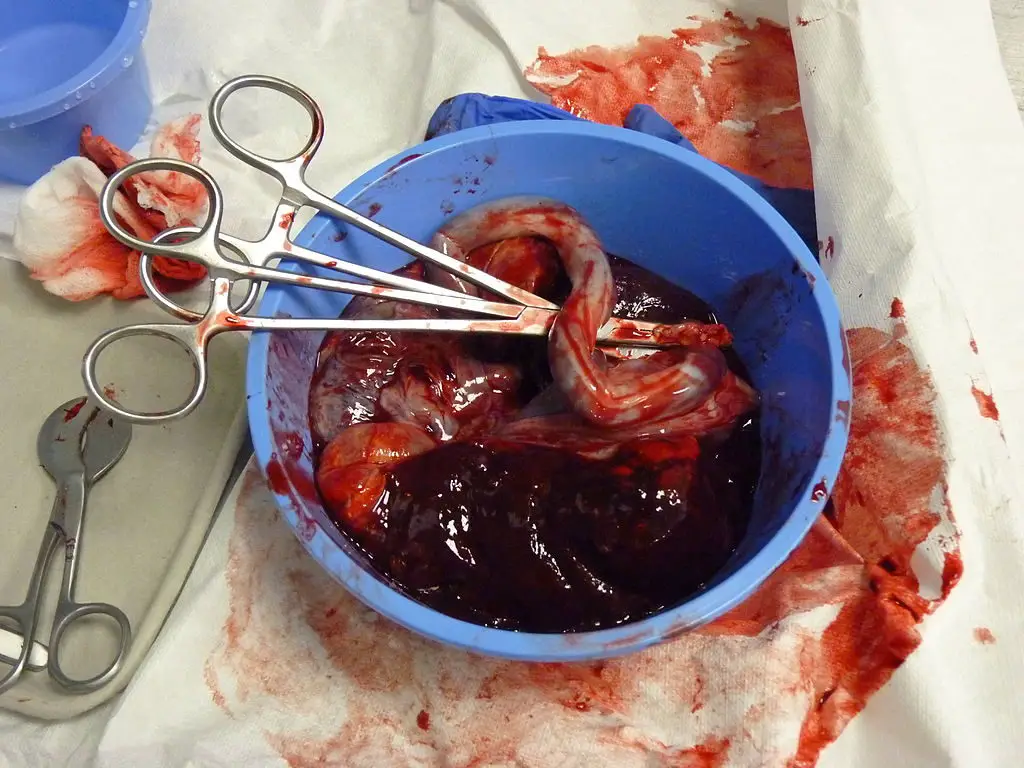
Cord blood banking includes a collection of blood left in your child’s umbilical cord and placenta. The blood is saved or stored for future medical use. It is also being studied to help in boosting health and wellness.
But why should you save your child’s cord blood? The main reason is that it contains stem cells. They are lifesaving cells. They are not the same as embryonic stem cells though.
When storing cord blood, you can store your baby’s cord blood in a private cord blood banking facility and pay for storage. You can use it in the future.
Or you can also donate it to a public cord blood bank. Anyone who needs it can use it.
Collection of Cord Blood
Right after birth, your newborn’s cord blood has to be collected. The entire process is simple and quick.
After delivering your baby, his/her cord is clamped. Your healthcare provider will cut it.
Some health experts recommend delaying cord clamping as it offers a lot of benefits to newborns.
However, this process may affect the number of cells collected for storing or saving the cord blood.
After your medical provider has clamped the blood and extracted it, it will be sent to the cord blood banking facility of your choosing.
The cord blood bank will test, process and preserve it through controlled freezing.
What are the Benefits of Cord Blood Banking?
Your baby’s cord blood contains an enormous amount of stem cells. They are dominant cells that contribute to tissue, organ and system development in the body.
These cells can transform into other cell types to create new growth and development.
What’s more is that they are considered as the building blocks of the immune function. This ability of the stem cells is vital in treating various health disorders.
The stem cells may also be used to treat a parent’s or sibling’s certain diseases or conditions.
Furthermore, they have the same ability to cure any disease as bone marrow. The difference is that stem cells will have fewer rejection incidents.
Cord blood banking is beneficial. If the parents and their kids will develop a certain disease, the cord blood can be used to treat such medical condition.
Diseases That Cord Blood May Treat?
Cord blood stem cells can treat various diseases, such as the following:
- Leukemia
- Aplastic Anemia
- Non-Hodgkin’s lymphoma and Hodgkin’s disease
- Thalassemia
- Sickle cell anemia
- Krabbe disease
- Sanfilippo syndrome
Scientists are testing cord blood to be used for other diseases.
Autism and Cerebral Palsy
Kids with cerebral palsy can be treated with their own cord blood. This medical condition affects 1 in every 300 kids in the US.
Clinical trials are also ongoing for cord blood testing in autism. It is a medical condition that affects 1 in every 68 kids. In one study, autism symptoms in kids improved significantly after receiving cord blood treatment.
Type 1 Diabetes
Some kids in the US are re-infused with their own blood stem cells to treat hydrocephalus, traumatic brain injury, type 1 diabetes, and congenital heart disease.
However, they are still clinical trials. Then again, if they are successful, cord blood therapies will become common in a few years.
Adult Cancer
Research is still ongoing on how adults with cancer can be treated with their own cord blood stem cells. Scientists hope that stem cells will be beneficial in curing malignant tumors that are not genetically based.
Cord Blood Banking Cost
The cord blood is beneficial for your health and wellness. But how much does it cost to store the stem cells in a cord blood banking facility?
There are fees involved in this process. The initial fee includes collection, enrollment, and storage for the first year.
If you will not use it, you will pay for an annual storage fee. The amount depends on the length of time you will store the cord blood.
It can range from $900 to $2100. Some cord blood bank facilities are offering prepaid plans to make cord blood banking option more affordable.
Are You Considering Storing or Donating Your Newborn’s Cord Blood?
If you are, then make sure to decide before delivering your baby. You may ask the hospital where you wish to deliver your baby if it has a cord blood banking program.
You may also ask your healthcare provider on the process and its risks.
Whether or not you wish to save your kid’s cord blood, it is important to remember that cord blood does not offer a miracle cure.
Keep in mind that studies are still ongoing on how to use stem cells in treating other diseases, besides those blood-related conditions.
In the Philippines, there are a few cord blood banks available.
P.S. What do you think of cord blood banking? Are you considering it now or in the future? If you wish to know more about how to improve your health and wellness, visit our blog or shop our health and wellness products.
Speak Now ... Or Forever Hold Your Peace